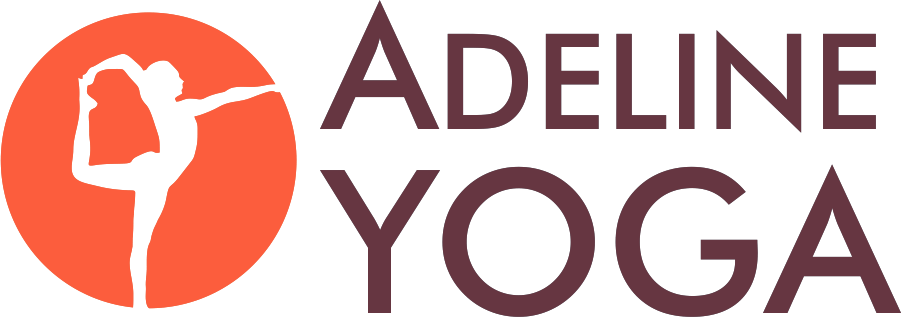 By Suzanne Drolet
By Suzanne Drolet
Regular exercise can have diffuse, profoundly positive effects for people with Parkinson’s Disease, from helping to make daily tasks easier and improving your mood, to stimulating chemical changes in the brain that affect cognition and the amount of dopamine available to be used. Given the wide variety of exercise classes available to the general public, why should you choose to attend classes specifically geared toward people with Parkinson’s Disease? As someone who has been involved with Yoga for PD classes over the last seven years, I offer a few reasons for your consideration:
Focus on PD Symptoms
Typically, PD exercise classes are taught by teachers experienced in working with people with PD, so they are knowledgeable about typical PD symptoms, “on” and “off” times, and strategies to work with them. Additionally, these classes aim to improve many specific conditions experienced by folks with PD, including poor posture and kyphosis, rigidity of the spine and torso, balance and gait issues, breathing problems, diminished dexterity and strength of the hands, and difficulty transferring (for example, moving from a chair to standing), to name a few.
Community and Camaraderie
Being in a class where you’re not the “only one with PD” can help you to focus on the movements, rather than being self-conscious about challenges that you may be experiencing (tremor, balance, slowness). These classes support and encourage you to do your best, to push your edge (if appropriate), and to show up for each other. Over the seven-plus years I’ve been involved with PD Yoga classes, I’ve observed strong bonds of support and friendship develop in these classes. Numerous times, students arrive a little more down and aware of their struggles, and by the end of class they are leaving feeling good and chatting with other students. Knowing that others will be there also provides a good incentive to show up yourself!
Same Quality, Just Adapted
PD-specific classes offer the same high-quality instruction that your other favorite classes offer, with the added benefit of instructors knowledgeable about PD and experienced in creating adaptations and modifications to help manage symptoms and physical limitations in safe and supportive ways. As you learn new ways of moving your body, you become increasingly more self-confident and capable of moving safely and effectively outside of class.
Conscious, Mindful Movement Stimulates Learning
Many PD classes (such as yoga, dance, and boxing) involve learning new skills which requires conscious attention to sequencing movements. Learning new ways of moving can have cognitive benefits as well, because learning and remembering stimulate the brain differently than more routine movements.
Confidence and Safety
Many PD-specific classes have assistants to the primary teacher to help students feel more secure participating in classes that specifically address their challenges and to help them to perform at their best. This greater attention to each individual student’s practice translates into greater confidence, better participation, and increased safety.
Whether you take a PD-specific exercise class or one that is more mainstream, exercising consistently— over a long time—is key. Don’t wait to start, and once you start, do your best to exercise—and generally move—as often as you can. The wide-ranging benefits of focused movement classes, knowledgeable instructors, community and camaraderie offered in PD classes can help you to learn and integrate skills that you can use to stay safe and focused in other exercise classes and in daily life. Give at least one class a try! There’s always something you can learn, and no effort is ever wasted.
 Suzanne Drolet has studied and practiced yoga since 2000. She is a graduate of YogaWorks 500-hour teacher training and is a certified Relax and Renew® Restorative Yoga Teacher.
Suzanne Drolet has studied and practiced yoga since 2000. She is a graduate of YogaWorks 500-hour teacher training and is a certified Relax and Renew® Restorative Yoga Teacher.
Her classes are grounded in her belief in yoga’s transformative power to
balance and heal the body, increase self awareness, and cultivate greater
clarity and peace. Suzanne’s mother was diagnosed with Parkinson’s Disease, which motivated her to learn how to use yoga to help alleviate symptoms and progression of the disease.

 By Suzanne Drolet
By Suzanne Drolet